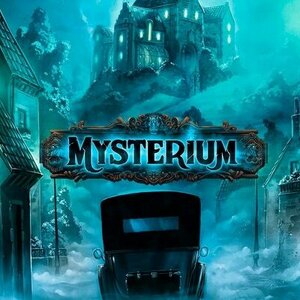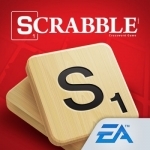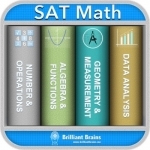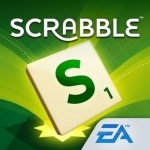
Transantiago Bus Checker - Live Santiago Bus Times
Travel and Lifestyle
App
Transantiago Bus Checker brings you live bus times, smart journey planning and detailed route maps...

Cayman Visitor
Travel and Navigation
App
Cayman Visitor is the Official App of the Cayman Islands Tourism Association (CITA). All of the best...

Scotland Yard
Games and Entertainment
App
***** Ravensburger's cult game now available on iPhone and iPad ***** Scotland Yard is the digital...

Words+ ~ a Scrabble like game ~ turn-based
Games and Social Networking
App
Come and play the best turn-based scrabble-type word game you’ve ever seen! Play with up to 4...

Mysterium: A Psychic Clue Game
Games and Entertainment
App
The official adaptation of the famous board game Mysterium! *** IMore: "If you've played Mysterium,...

Catch the Ark
Games and Entertainment
App
Can you survive the jungle and Catch The Ark in this amazing former EDITOR'S CHOICE game? A flood...

SCRABBLE Premium for iPad
Games and Entertainment
App
CONNECT WITH FRIENDS. PLAY WITH WORDS. Get a game of SCRABBLE going with just about anyone – or...

SAT Math Review : Free Edition
Education and Reference
App
Most comprehensive SAT Math App with over 1400 questions with solutions and 140 revision notes...

